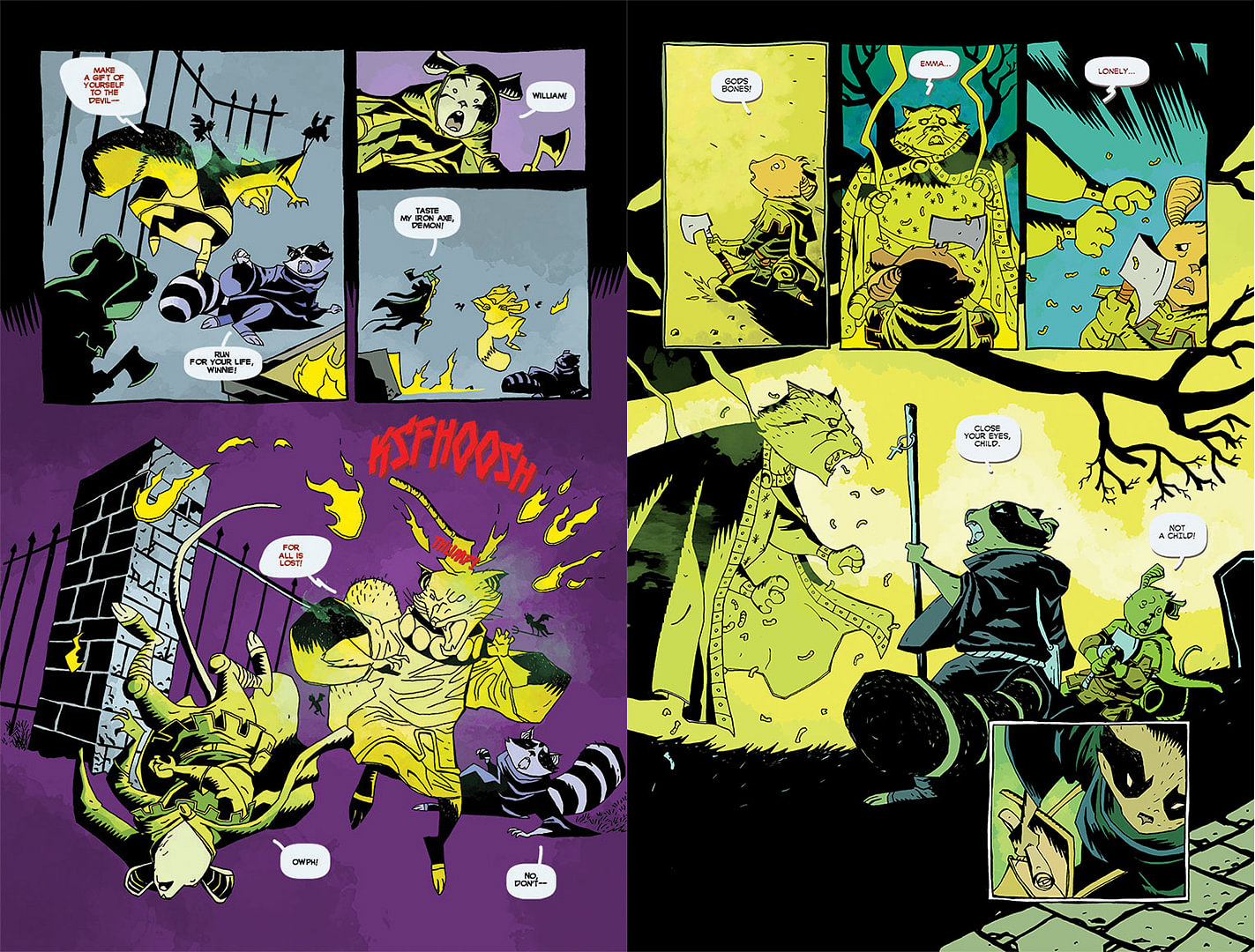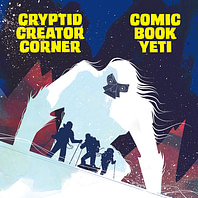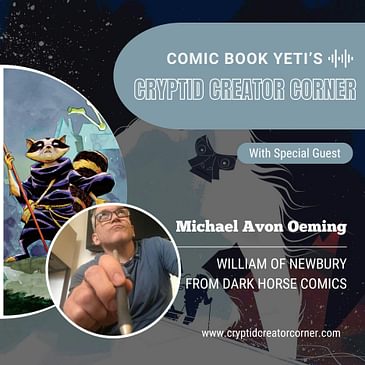Comics creator and Eisner Winning illustrator Michael Avon Oeming (Blue Book, The Mice Templar, Powers) joins me on the show today to discuss his new Dark Horse Comics project, William of Newbury. I've been a fan of his work for years now and following his process videos on TikTok inspired me to take this interview in that direction. We talk about how he pulled from English history, specifically the Anarchy, and why he adapted the English historian William into a raccoon cause who would see that coming? The anthropomorphic sandbox is always an interesting one and its motivation here might surprise you. William of Newbury drops in late May. Don't miss it.
Make sure to check out our monthly crowdfunding comics feature book: Super Kaiju Rock n Roller Derby Fun Time Go!
Preview pages:



